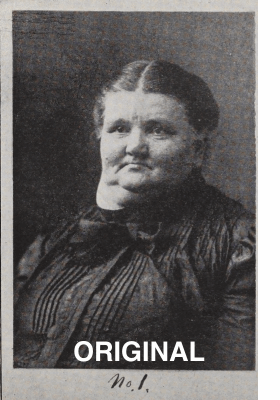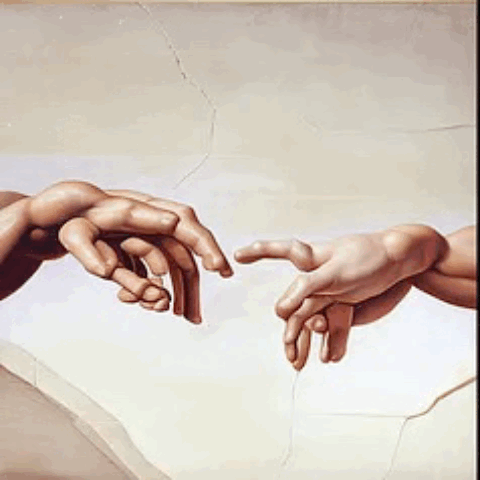Photography Created Many 'Last Mile Perfection' Jobs, Will AI?
The early days of photography were marked by a sense of excitement and awe as people marveled at this strange new medium that could capture reality with unbelievable accuracy.
Naturally, some traditional artists were skeptical and feared that their craft would be rendered obsolete. These fears were addressed in 1840 during a speech to the National Academy of Design by Samuel Morse - inventor of telegraphy. In it he would make a prescient prediction in regards to the concerns about the future of portrait painters:
“Be not alarmed. Nature's pencil is too true to be popular the painter will yet be needed to clothe it in a more popular dress and give a grace beyond the reach, not of art but of "nature."
Sure enough as the popularity of photography grew, so too did the demand for photo retouching services. The process of retouching a photograph was laborious and time-consuming, requiring a great deal of skill and patience.
Retouchers would use specialized tools, to carefully manipulate the surface of the photograph. They would remove blemishes, smooth wrinkles, and enhance the beauty of their subjects. These were transferable skills that portrait painters had, since they too had long been at the mercy of the ‘sitters vanity.’
This was achieved by applying various chemicals and pigments to the surface of the photograph, and then carefully blending them to create a seamless and natural-looking result. These were the beauty filters of yore.
In the pursuit of perfection, automation paradoxically generated demand for human labor by producing results that are nearly flawless, thereby increasing the value of human touch and taste needed to reach perfection. Today the same is happening for editing the output of generative AI systems, as professionals are needed to critically assess, modify, and fine-tune the content produced by advanced algorithms.
Artists - like those of the pre-photography era - could well see an increase in demand for their labor, as many more companies produce close, but not perfect visual content. Programmers too, could see rise in demand for their labor - because companies will want to understand and tweak the code AI produces in ways too nuanced or particular for a Large Language Model to understand. In the realm of writing, AI is already being used to generate news articles, summaries, and even entire books. However, these generated texts still require a human touch to make them truly compelling and coherent.
This unique interplay between automation and human labor highlights the ongoing need for human expertise and creativity, even as technology continues to evolve and improve.







